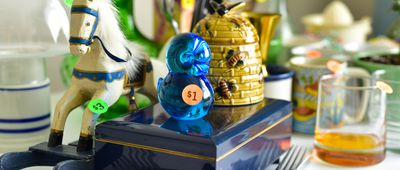Tidying Tips
It comes around every year: Spring cleaning, the (perhaps dreaded) annual tradition that involves deep cleaning and decluttering your home. But spring cleaning isn't just about making your home look and smell fresh — it can offer significant benefits to your health and well-being by eliminating dust and other irritants that have accumulated during the winter. By keeping these spring cleaning tips and strategies in mind, you can gain a sense of accomplishment and control over your living space.






















